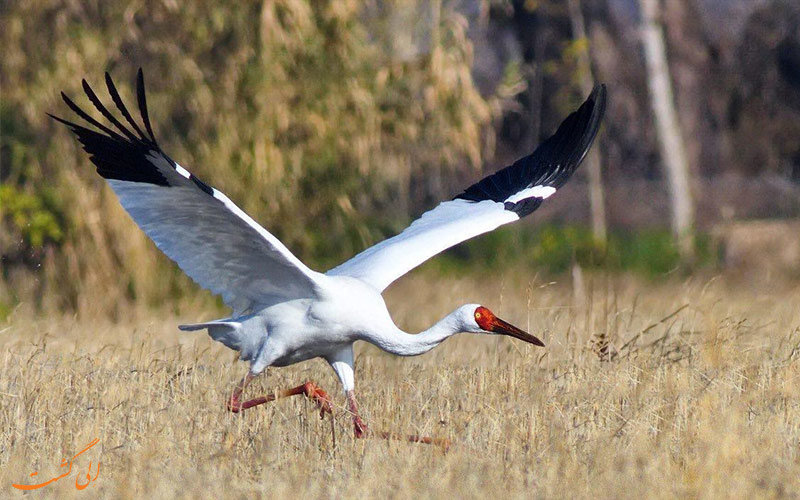Siberian crane ‘Omid’ returns to Iran, brings hope

TEHRAN — While there were growing speculations among environmental lovers as to whether the Siberian crane ‘Omid’ will wing his way back to Iran or not, the crane returned to spend the winter in Fereydunkenar, northern province of Mazandaran, once again 10 days ago.
Omid (literally meaning hope in Persian), has been flying to Fereydunkenar, for about 10 years in the first week of the eighth Iranian calendar month of Aban falling on the last week of October, but this year he has not shown up yet until the last day of Aban on November 21.
Public relations director of Mazandaran province department of environment Kamyar Valipour told ISNA news agency that the lonely crane has arrived in Iran 4 days earlier compared to last year.
The bird has flown to Fereydunkenar for the past 10 years except for the year 2009, and the locals are very much fond of him and call him Omid as it brings hope with himself, Valipour explained.
The Siberian crane has been taking a two-month fly of great distance of 5000km from Uvat in western Siberia to Fereydunkenar for the past few years.
Last year Omid flew to Iran 45 days late and left Fereydunkenar earlier than normal.
According to the International Crane Foundation website this critically endangered species is now only found in one main population in East Asia, with a few birds remaining in the historic Western/Central population.
The Eastern population breeds in northeastern Siberia and winters at Poyang Lake in the Lower Yangtze River Basin in China. In the Western/Central population, a single crane [Omid] continues to winter along the south coast of the Caspian Sea in Iran. This population bred just south of the Ob River in Russia.
With the height of 140 centimeters and weight of 6 kilograms there are only 3,600 to 4,000 cranes left in the world. The Eastern population is stable, but the Western/Central population almost extirpated.
Habitat loss, especially due to changing hydrology caused by water diversions and conversion of wetlands, illegal take including hunting, trapping and poisoning, pollution and environmental contamination are threatening this endangered species.
MQ/MG
